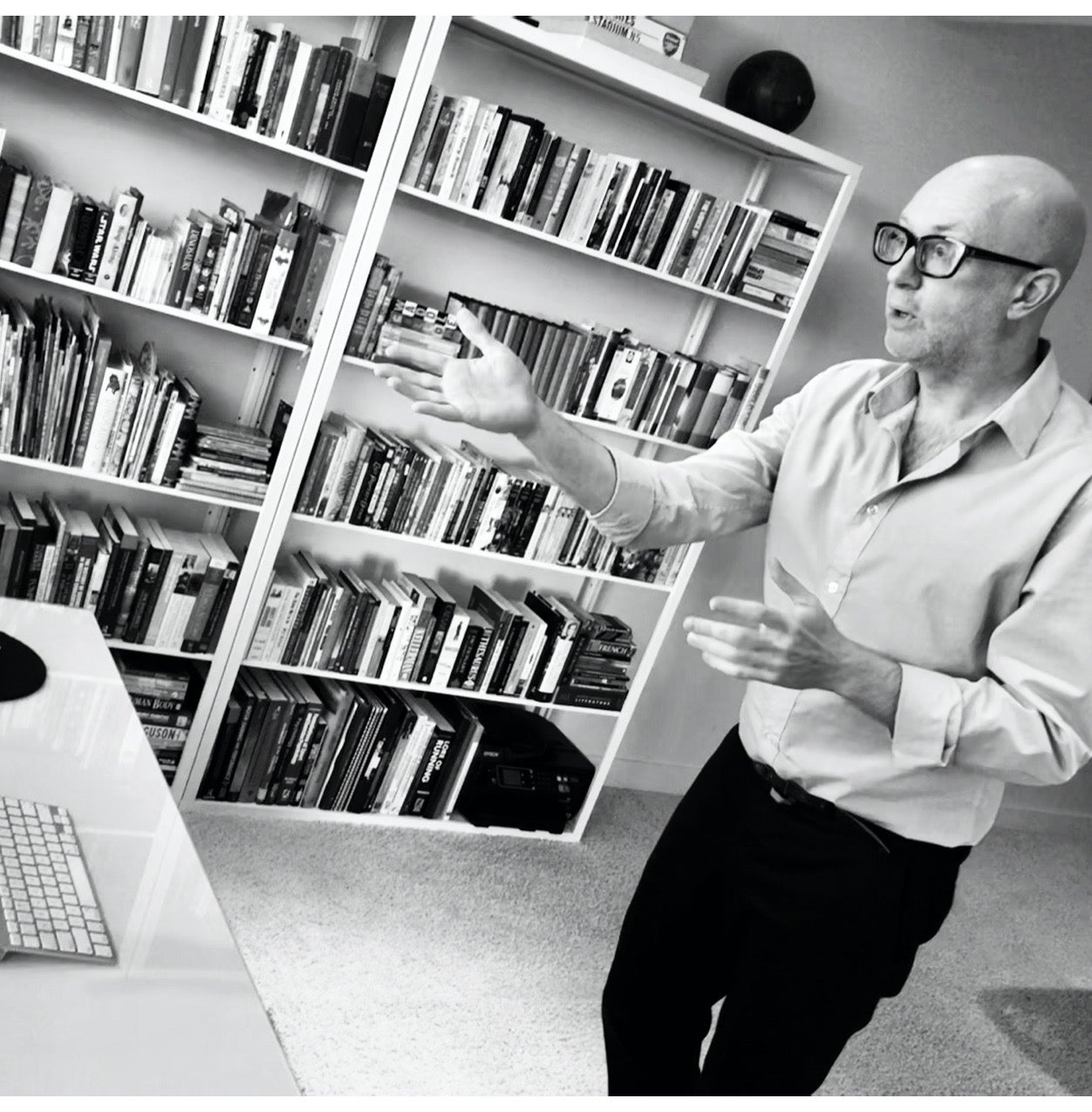Useful Performance Strategies
As a coach scholar in DU’s MASC, parents of young athletes often ask for useful strategies, such as visualization, meditation, or planned routines to help their children control emotions, have more confidence, reset after a bad break, and so on. I absolutely understand the well-intentioned questions, parents and coaches want the best for their developing young athletes. But they are impossible questions to answer because unfortunately, they are a bit of a blind alley.
Sports’ knowledge, or knowing “the best things to do” comes from X’s and O’s and the latest sciences and technologies. Of course, there are many qualities in these knowledges. They are true, precise, fixed, prescriptive, structured. And as such, they are also proven, accurate, and reliable. They have stood the test of time, can be trusted and guaranteed, the best inputs providing the best outputs. Or what ivory tower academics refer to as “body-as-machine”, which is after all, what we all want performance to be, machine-like, efficient, dependable.
But this is the moment when the “what-we-thought-was-good”, appears, well, “less-good”. Because machine-knowledge’s effects are far from straight-forward. For try as we might, humans are simply not machines. They’re human, and all that comes with being human, such as living in reality. Everyday complex, ambiguous, messy, dynamically changing realities: e.g., unfortunate bounces, fear of judgment, worries at home.
What are some of machine-knowledge’s effects? Well, the more precise a machine-knowledge is, the more that broader and deeper contextual realities that also impact performance are left out: athletes’ temperament, their awareness, their structural health, all of which facilitates their movements.
The more true a machine-knowledge is, the more it is “always-correct-and-must-always-be-done”. But what happens if a dynamic situation calls for a different response? Can we really say we know the right thing for every possible infinite situation?
The more fixed a machine-knowledge is, the harder it is for athletes to flex and adapt. The more prescribed a machine-knowledge is, the more coaches have to tell athletes what to do, and the harder it is for athletes to make their own decisions. Make decisions that is, when they’re on their own, in a game, which is all the important time! And the more structured machine-knowledge is, the more athletes practice, and therefore get good at, structure. Which is a shame because there is nothing structured, controlled, predictable or stable in a game.
Machine-knowledges, for most people in sport are assumed to work every time, like electrically jump-starting a car. You just need to know what boost to give—X is good, do X. When of course, X just as often undermines because a, b, c, d, e, f and the many more that are all important, are overlooked.
Machine-knowledges are not all bad. Precision gives accuracy. Truth is reliable. Coaches have expert knowledge. Hard work will always be important. And without structure, there would be chaos. Sport you see, was designed in the profit-driving mass productions of the industrial revolution to reinforce hard-work and efficient dependable performances: instructing, measuring, controlling.
In such cultures of “harsh-judgments-from-someone-watching-from-their-perspective” [not the perspective of the one doing it], and therefore “frightened-and-easy-to-make-mistakes-from-the-one-doing-it”, it is really hard for athletes to make the mistakes they need to make to do well.
Sport is about peak performance, not mass production. And so, doing sport well requires other values in addition to machine ones: e.g., happiness, creativity, explorations, deep motivation, thrill, trial-and-error, constant practices, making mistakes, mis-interpretations, play, false starts, anxiety-free problem-solving, initiatives, imaginations, imitations, deep motivation, thrill, trying out possibilities, revising ideas, discovering new challenges and relationships, fun, bringing wide-ranging elements together, and most importantly of all, safety/security to do so.
I apologize for not giving the easy-to-apply answer parents wanted, or for not telling coaches and athletes “what they should do”. Until games are played in laboratories or stable, predictable and hyper-controlled spaces, until “crushingly low self-esteem” or “burning resentments” become ideal performance states, and until parts can be used to explain wholes, we will continue educating coaches in just some of the thousands of unseen realities impacting their athletes’ developments and performances.
So what’s the coaching tip? Now that you know body-machine values take you only so far, appeal to broader, deeper contextual realities and ask yourself all the time, “what is it, in my moment now, that makes success more likely?” And do that, whatever that is.








